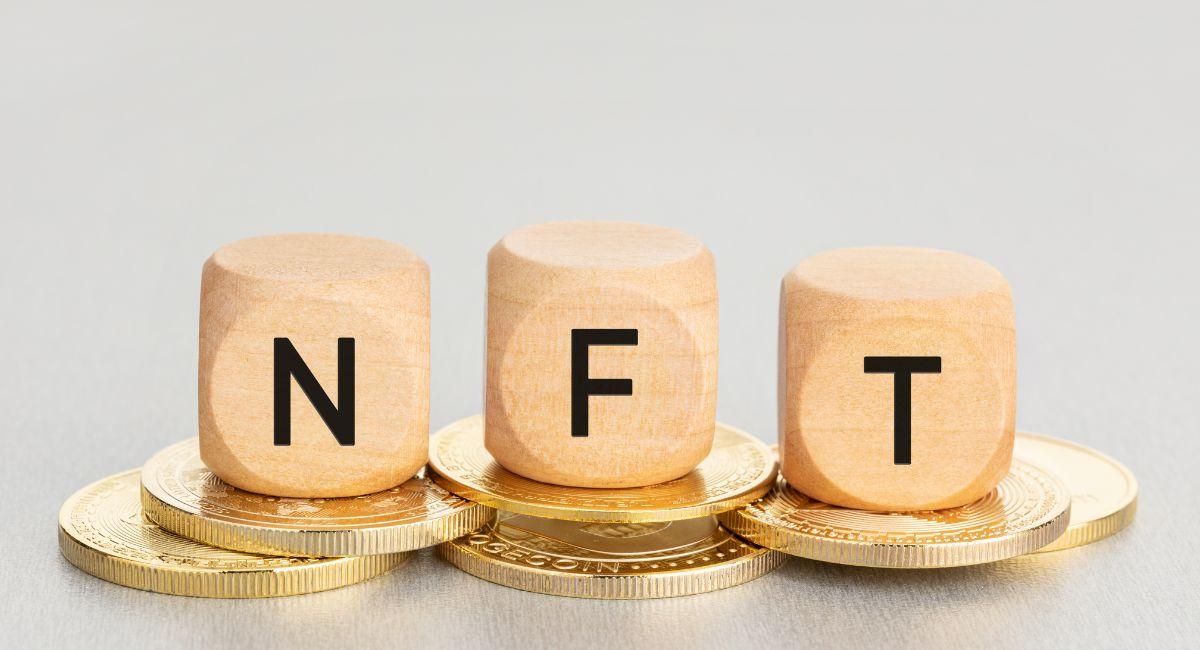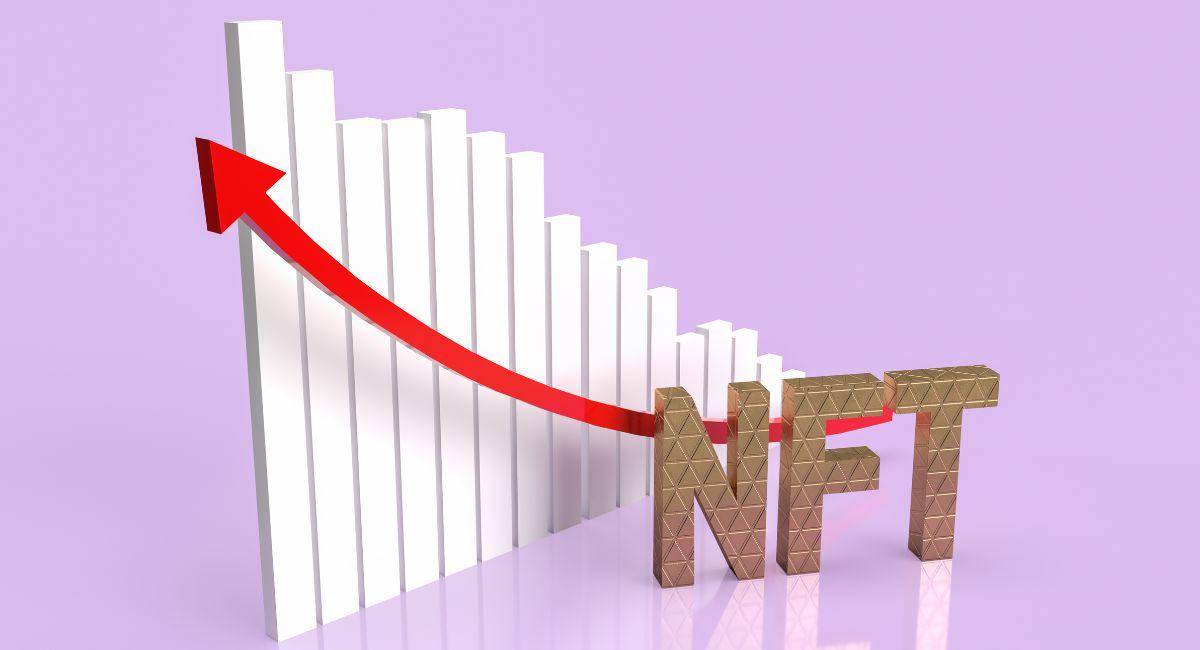All About The Amazing World Of 3D NFTs And Its Top 5 Best Examples

3D NFTs, or Non-Fungible Tokens, are a type of NFT that represent digital assets in three dimensions. While traditional NFTs can be images, videos, or audio files, 3D NFTs offer a more immersive and interactive experience. Here’s a breakdown of what makes them unique:
Beyond the 2D Canvas:
-
3D Models: At their core, 3D NFTs are essentially digital files containing 3D models. These models can represent anything from virtual avatars and game characters to artwork, sculptures, and even fashion items.
-
Enhanced User Experience: The 3D aspect allows for a richer user experience. You can rotate, zoom in, and explore the 3D object from different angles, just like you would with a physical object in real life.
-
Integration with Metaverse Platforms: 3D NFTs are often designed for use within metaverse platforms, virtual worlds where users can interact and socialize. These NFTs can represent avatars, wearables, or even virtual land parcels within the metaverse.
Similarities to Traditional NFTs:
-
Underlying Technology: Like traditional NFTs, 3D NFTs are built on blockchain technology. This ensures authenticity, ownership verification, and secure transfer of the digital asset.
-
Limited Supply and Scarcity: Many 3D NFTs are minted in limited editions, similar to traditional NFTs. This scarcity can influence their perceived value and potential for price appreciation.
-
Applications and Use Cases: 3D NFTs share some use cases with traditional NFTs, such as digital art collecting, in-game items, and exclusive memberships.
NFTs, or Non-Fungible Tokens, represent a unique form of digital asset ownership verified through blockchain technology. Unlike cryptocurrencies such as Bitcoin or Ethereum, which are fungible and can be exchanged on a one-to-one basis, NFTs are indivisible and distinct, each possessing unique characteristics and metadata that differentiate them from one another.
At the core of NFTs is their ability to establish ownership and authenticity of digital content, ranging from artwork and music to virtual real estate and in-game items. This is achieved through blockchain, a decentralized ledger system that records transactions across a network of computers, ensuring transparency, immutability, and security.
The creation of an NFT typically involves minting, a process where a digital asset is tokenized, creating a unique cryptographic token that represents ownership. Once minted, NFTs can be bought, sold, and traded on various online marketplaces, with transactions recorded on the blockchain, providing a transparent history of ownership.
NFTs derive their value from factors such as scarcity, authenticity, and demand within the market. The scarcity of NFTs is often enforced by limiting the number of editions or copies available, making them more desirable to collectors. Additionally, the immutability of blockchain ensures the authenticity and provenance of NFTs, assuring buyers of their ownership rights.
Furthermore, NFTs have enabled creators to monetize their digital creations in novel ways, bypassing traditional intermediaries and establishing direct relationships with consumers. Artists, musicians, and other content creators can tokenize their work as NFTs, retaining ownership rights and earning royalties from subsequent sales.
Despite their potential, it have sparked debates regarding their environmental impact due to the energy-intensive nature of blockchain technology, as well as concerns surrounding copyright infringement and the speculative nature of the market.
In summary, it represents a groundbreaking innovation in digital ownership, offering a new paradigm for creators and collectors to exchange and monetize digital assets with unprecedented transparency and security.
Also, read- Why Do Utility NFTs Matter In 2024 And Its Top 5 Amazing Use Cases
World of 3D NFTs

The world of 3D NFTs (Non-Fungible Tokens) combines the uniqueness with the immersive experience of three-dimensional digital assets. These NFTs represent ownership of 3D models, sculptures, virtual worlds, and other three-dimensional digital creations.
One of the key features of 3D NFTs is their ability to bring tangible and interactive experiences to the digital realm. Artists and creators can design intricate 3D models, ranging from characters and environments to abstract sculptures, and tokenize them as NFTs. These assets can then be showcased and traded in online marketplaces or integrated into virtual reality (VR) and augmented reality (AR) experiences.
The versatility of 3D NFTs opens up new opportunities for artists, game developers, and collectors alike. Artists can experiment with new mediums and techniques to create stunning visual artworks that transcend traditional boundaries. Game developers can tokenize in-game assets such as characters, weapons, and environments, allowing players to truly own and customize their gaming experiences.
Collectors are drawn to 3D NFTs for their aesthetic appeal, scarcity, and potential for appreciation in value. Just as with traditional art and collectibles, rarity and provenance play a significant role in determining the value of 3D NFTs. Limited edition 3D models or those created by renowned artists can command high prices in the NFT marketplace.
Moreover, 3D NFTs have the potential to revolutionize industries beyond art and gaming. They can be used in virtual real estate, allowing individuals to buy and sell virtual land, buildings, and other assets in virtual worlds. Additionally, they can facilitate the creation of immersive educational experiences, architectural visualizations, and virtual events.
However, challenges remain, including issues related to intellectual property rights, interoperability across different platforms, and environmental concerns associated with blockchain technology. Nonetheless, the growing interest in 3D NFTs underscores their potential to reshape the digital landscape and unlock new possibilities for creativity, ownership, and commerce in the virtual realm.
Importance of the amazing world of 3D NFTs

- Democratization of Art Ownership: 3D NFTs allow artists to tokenize their work, granting ownership rights to collectors worldwide. This democratizes the art market, enabling artists to reach a global audience without relying on traditional gatekeepers.
- Monetization for Creators: Creators can monetize their digital creations directly through 3D NFTs, earning royalties from primary and secondary sales. This provides sustainable income streams and empowers creators to pursue their artistic endeavors full-time.
- Scarcity and Rarity: The limited nature of 3D NFTs enhances their value, similar to physical collectibles. Scarcity drives demand, making rare and exclusive 3D assets highly sought after by collectors and investors.
- Cultural Preservation: 3D NFTs offer a novel way to preserve cultural heritage and historical artifacts in digital form. Museums and cultural institutions can digitize their collections, ensuring their preservation for future generations while promoting accessibility and inclusivity.
- Innovative Gaming Experiences: Game developers can tokenize in-game assets such as characters, weapons, and environments as 3D NFTs. This introduces new gameplay mechanics, customization options, and revenue streams within the gaming industry.
- Virtual Real Estate Development: 3D facilitates the buying and selling of virtual land and properties within virtual worlds. This opens up opportunities for virtual real estate development, creating vibrant digital communities and economies.
- Investment Opportunities: Collectors and investors can diversify their portfolios by investing in 3D. These digital assets have the potential to appreciate in value over time, offering lucrative investment opportunities in the growing digital art market.
- Interactive Digital Experiences: 3D enable immersive and interactive digital experiences in virtual reality (VR) and augmented reality (AR). Users can explore virtual environments, interact with 3D objects, and participate in social activities within the metaverse.
- Environmental Sustainability: Unlike physical art, 3D eliminates the need for shipping, storage, and exhibition spaces, reducing the carbon footprint associated with traditional art markets. This promotes environmental sustainability and reduces the ecological impact of art consumption.
- Technological Innovation: The development of 3D drives technological innovation in blockchain, virtual reality, and digital asset management. This fosters collaboration between artists, technologists, and entrepreneurs, pushing the boundaries of digital creativity and innovation.
The Venom Foundation testnet snapshot has been successfully captured. You can still access your personal page, complete the last task, and review all obtained NFTs.
— Venom Foundation (@VenomFoundation) March 7, 2024
This snapshot serves as a crucial step towards our imminent launch and the team is working diligently to finalize… pic.twitter.com/xIRlQfHWq4
5 examples amazing world of 3D NFTs

- Virtual Fashion: Fashion designers are leveraging 3D NFTs to create and sell virtual clothing and accessories. These digital garments can be worn by avatars in virtual worlds or used as digital fashion statements on social media platforms. Examples include digital couture brands like The Fabricant and digital fashion marketplaces such as DressX.
- Virtual Real Estate: Companies like Decentraland and Cryptovoxels offer virtual real estate platforms where users can buy, sell, and develop virtual land and properties using 3D NFTs. Owners can build custom structures, host events, and monetize their virtual properties in various ways, creating thriving virtual communities and economies.
- Digital Art Galleries: Platforms like SuperRare and KnownOrigin are digital art marketplaces specializing in 3D NFTs. Artists create unique 3D artworks and sculptures, which are tokenized and showcased in virtual galleries. Collectors can purchase and trade these digital artworks, contributing to the growing market for digital collectibles.
- Gaming Assets: Game developers are tokenizing in-game assets as 3D NFTs, allowing players to own, trade, and customize their virtual possessions. For example, Axie Infinity offers a blockchain-based game where players collect, breed, and battle digital creatures known as Axies, which are represented as 3D NFTs.
- Virtual Concerts and Events: Musicians and event organizers are utilizing 3D NFTs to host virtual concerts and events in immersive virtual environments. Attendees can purchase virtual tickets as NFTs, granting access to exclusive virtual spaces and experiences. Examples include the virtual concerts hosted by Decentraland and events in VR platforms like Sansar and VRChat.
Conclusion
In conclusion, the amazing world of 3D represents a paradigm shift in digital creativity, ownership, and commerce. Through the tokenization of three-dimensional digital assets, creators, collectors, and investors are presented with unprecedented opportunities to explore, innovate, and monetize within the digital landscape.
The democratization of art ownership enabled by 3D empowers artists to showcase their work to a global audience, bypassing traditional gatekeepers and intermediaries. This fosters inclusivity, diversity, and accessibility in the art market, while also providing artists with new avenues for monetization and recognition.
Moreover, the scarcity and rarity inherent in 3D NFTs enhance their value proposition, driving demand among collectors and investors seeking unique and exclusive digital assets. This has led to the emergence of thriving digital art marketplaces, virtual real estate platforms, and innovative gaming experiences built on blockchain technology.
The potential for 3D NFTs extends beyond the realms of art and entertainment, with applications in cultural preservation, virtual fashion, virtual events, and more. These digital innovations are reshaping industries, fostering collaboration between artists, technologists, and entrepreneurs, and pushing the boundaries of what is possible in the digital realm.
However, challenges such as environmental sustainability, copyright infringement, and interoperability remain to be addressed as the technology continues to evolve. Nevertheless, the trajectory of the amazing world of 3D NFTs points towards a future where digital creativity flourishes, ownership is decentralized, and virtual experiences are immersive and inclusive for all. As this landscape continues to evolve, it will be essential to balance innovation with responsibility to ensure the long-term sustainability and inclusivity of the digital economy.




























































